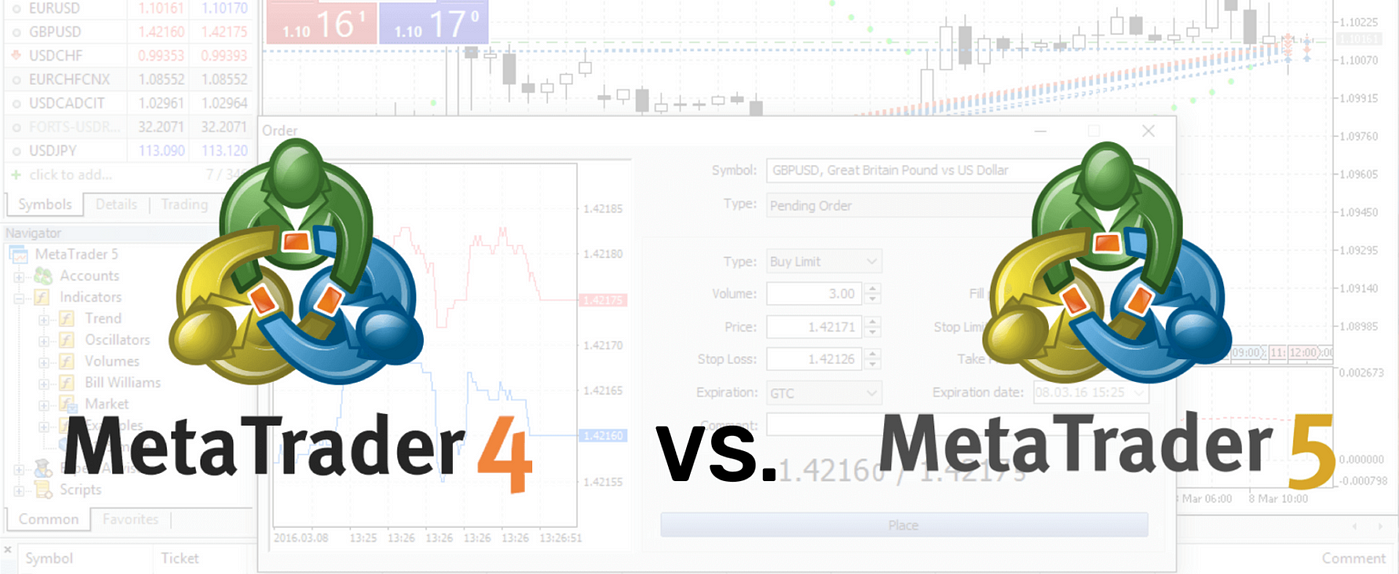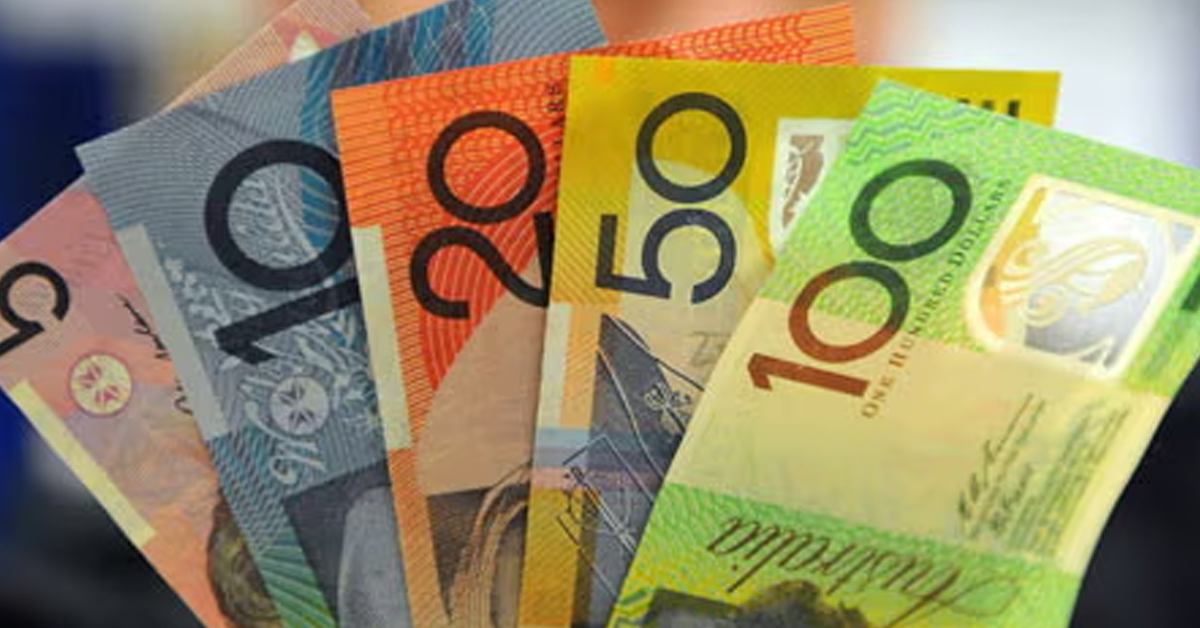XAU/USD is flirting with a significant daily golden ratio of 61.8 percent
At $1,935, the gold price is a tad lower at the start of the week’s last day, down around 0.1 percent. So far, the yellow metal has ranged from a high of $1,937.92 to a low of $1,932.56. Overnight, the precious metal was well bought, and its role as a safe-haven asset kept the bulls in play as markets awaited the restart of Russian-Ukraine peace talks today. “While geopolitical conflicts cannot persist forever, we anticipate that the secondary effects of the Russia-Ukraine situation will offer a substantial degree of support for gold prices this year,” ANZ Bank analysts stated.
Furthermore, the researchers stated that their “gold valuation model suggests that external variables might exacerbate the disparity between spot and fair value.” Since Russia’s invasion of Ukraine, that premium has risen from zero to USD300/oz, indicating a significant risk premium.”
Finally, researchers highlighted that Russia’s “broader isolation” will result in a structural shift in the energy industry, which will be inflationary. There is also a greater possibility of slower economic development (particularly in Europe). This could provide a favorable backdrop for investor demand in the near future.”
Meanwhile, the Federal Reserve is likely to boost rates by 50 basis points during the second quarter, along with quantitative tightening. In this sense, the markets are anticipating today’s big event, the Nonfarm Payrolls data. More on that later, but this is a crucial piece of data for the Federal Open Market Committee as it considers hiking interest rates by 50 basis points in May.
Meanwhile, the US dollar rose on Thursday as a lack of movement in Russia-Ukraine peace negotiations fuelled demand for the safe-haven currency. The dollar index (DXY), which measures the value of the US dollar against a basket of six foreign currencies, was up 0.76 percent at the conclusion of the North American session and is holding steady in a quiet pre-NFP Asian session so far. Since Russia’s invasion of Ukraine on February 24, the greenback has drawn safe-haven flows, and it is on course to appreciate by roughly 1.6 percent in March, and around 2.8 percent in the first quarter, stifling gold’s gains.
At the same time, the 2y-10y curve’s flirtation with inversion has stoked speculation of a recession on the horizon. According to TD Securities analysts, this is “another another bullish dynamic for the gold market.” On Thursday, US bond yields were mixed, and the yield curve steepened more, with the 2-10yr curve being practically flat. The yield on two-year government bonds jumped from 2.30 percent to 2.34 percent, while the yield on ten-year government bonds fell back to 2.34 percent.
In terms of facts, personal income and spending in the United States increased by 0.5 percent month on month (meeting expectations) and 0.2 percent month on month (estimated +0.5 percent MoM). The PCE deflator climbed 6.4 percent year on year (formerly 6.0 percent year on year), with core rising somewhat less than expected at 5.4 percent year on year (est. 5.5 percent YoY, prior 5.2 percent YoY).
The March Chicago PMI increased to 62.9 (expected 57.0, preceding 56.3), while employment increased to 48.1 from 43.5. Weekly initial jobless claims increased to 202k (expected 196k, previous 199k), with continuing claims standing at 1.307m (est. 1.340m, prior 1.342m). Looking ahead to today’s Nonfarm Payrolls, they are projected to continue indicating solid improvements in job growth in March, while the Unemployment Rate is expected to fall. “The historically tight labour market should underpin average hourly wages (Westpac f/c: 0.3 percent mth, 5.4 percent year),” stated Westpac analysts.
Meanwhile, ANZ bank analysts said that “considering the strength of the labour market and upward pressure on wages, the Fed’s assumption of a quick fall in inflation to average levels in 2023 may be ambitious.” “In order to rein in increasing inflation pressures, the Fed must target a drop in demand, which will not be easy at a time when supply-side forces are adding gasoline to the inflation fire. “Averting a harsh landing will need excellent judgement and a lot of luck,” the experts argued.
The gold price is approaching a 61.8 percent Fibonacci retracement of the last daily negative impulse. If this holds, there is a chance of a return to the demand region that has been holding up the bears for many trading days. On the other side, if the price breaks this 61.8 percent ratio, there is a chance that it will test the neckline of the M-formation further up at $1,970.










